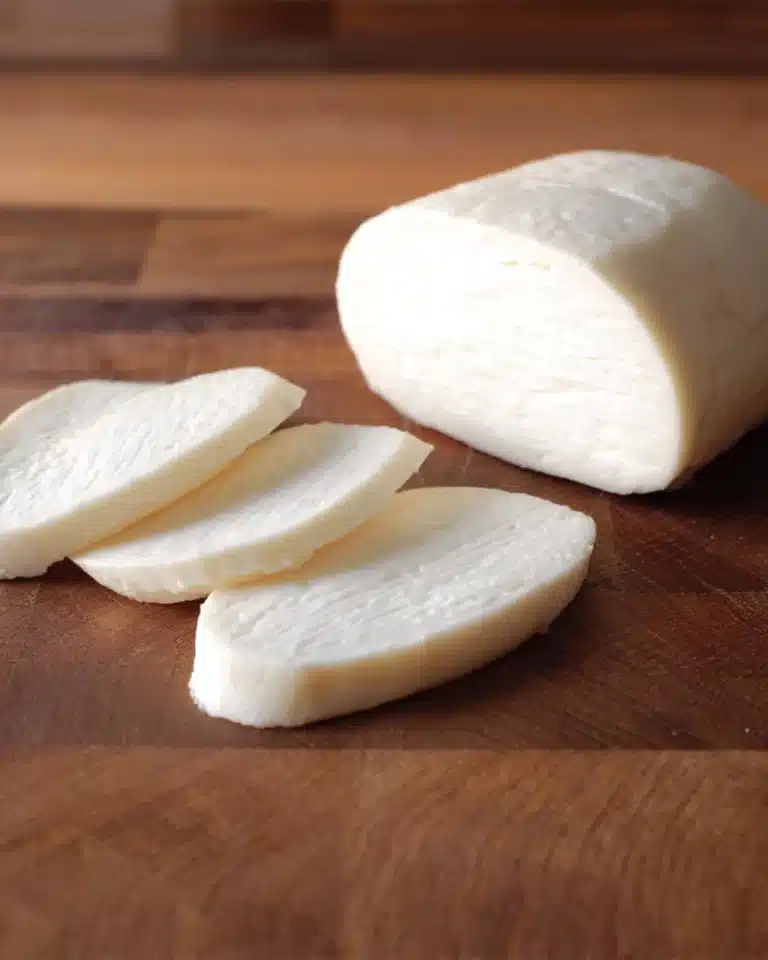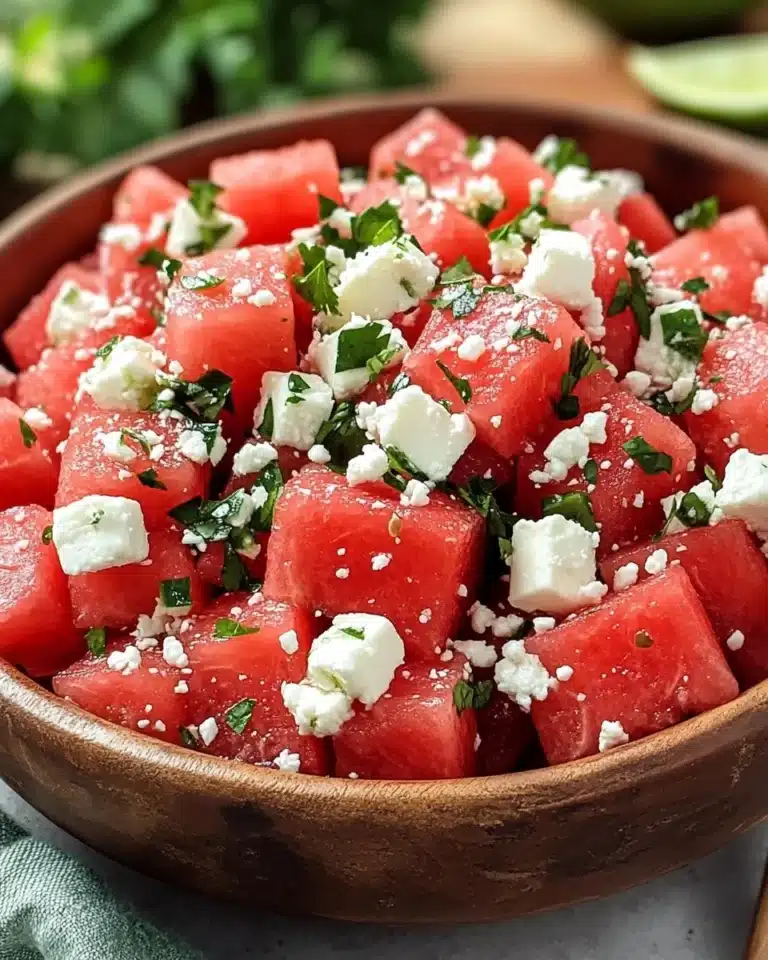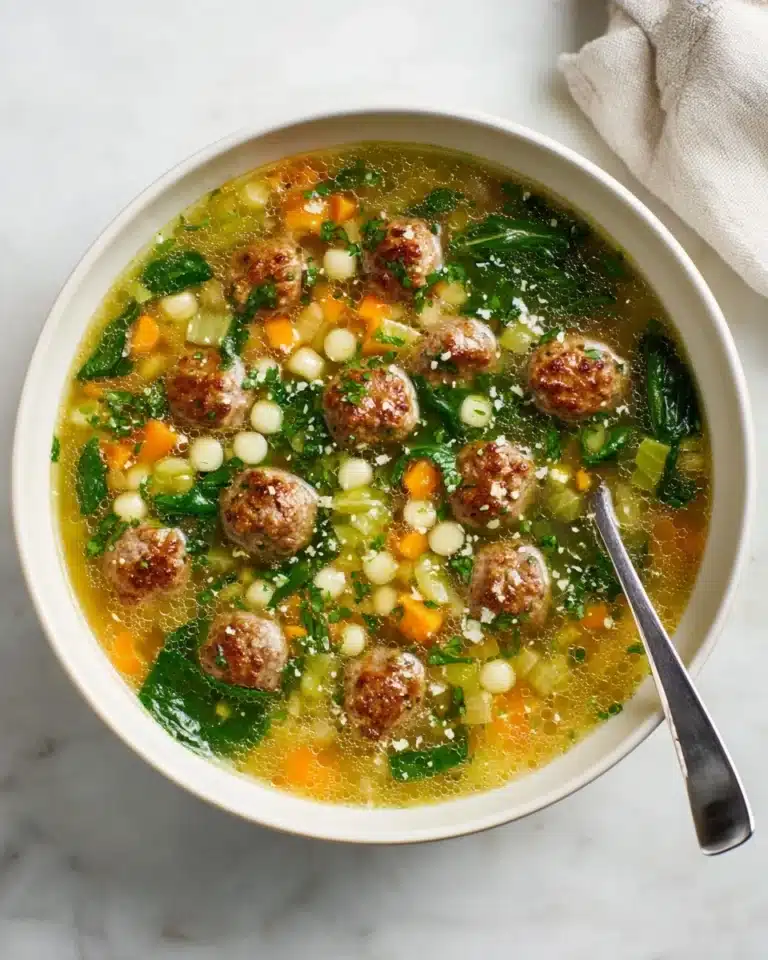If you’re searching for a dish that’s a total showstopper at the dinner table—full of savory beef, crunchy vegetables, irresistibly chewy noodles, and a sweet-salty punch—Japchae is the answer! This classic Korean noodle stir-fry brings colorful veggies, marinated meat, and glossy sweet potato noodles together in the most delightful way. Japchae isn’t just delicious; it’s a dish that guarantees smiles, whether you’re serving it as a festive centerpiece or a cozy weeknight meal. I’m so excited to walk you through my absolute favorite way to make japchae at home, with all the secrets to making it taste truly special.

Ingredients You’ll Need
This japchae recipe is wonderfully adaptable and every ingredient plays a starring role. Each one brings out a unique flavor or texture—so don’t be shy about gathering up every colorful veggie and fragrant oil. Here’s what you’ll need and why:
- Beef (or Chicken, Tofu, or Shrimp): 2 lbs, thin-sliced; this is your protein and flavor base—swap for your favorite or skip for a vegetarian version!
- Korean Sweet Potato Noodles: 1 lb of these glossy, glassy noodles brings that classic chewy japchae texture. Don’t substitute regular pasta—you’ll miss the magic!
- Carrots: 3 medium, julienned; they pack in crunch and wonderful sweetness, plus a pop of color.
- White Onion: 1 large, thinly sliced; for caramelized flavor and delicate sharpness.
- Green Onions: 1/2 bunch, chopped; adds freshness and a little bite right at the end.
- Garlic: 6 cloves, minced; the aromatic backbone for bold, authentic taste.
- Spinach Leaves: 1/2 lb; they wilt down beautifully and add a lovely green earthiness.
- Sesame Oil: 4 tbsp (divided); for that nutty, toasty flavor synonymous with japchae.
- Olive Oil: 1 tbsp; helps with sautéing the veggies and infuses extra richness.
- Soy Sauce (or Tamari): 6 tbsp; the essential salty-sweet backbone of the japchae sauce.
- Brown Sugar: 3 tbsp; it rounds out the savory flavors, bringing a touch of sweetness to every bite.
How to Make Japchae
Step 1: Cook the Noodles
Bring a large pot of water to a boil and add a generous drizzle of olive oil (this helps keep the noodles from sticking). Once the water’s rolling, drop in your Korean sweet potato noodles and cook for 5 to 6 minutes. These noodles transform beautifully—going from stiff and pale to glossy, translucent, and perfectly chewy. Drain them well and set aside.
Step 2: Brown the Beef (or Alternative Protein)
Grab a skillet and set it over high heat. Add your thin-sliced beef (or the protein of your choice) and cook until browned and flavorful. While it cooks, drizzle in half of the soy sauce, sesame oil, and brown sugar. The meat will soak up the marinade, becoming deliciously glossy and savory-sweet. Once cooked through, set aside so it’s ready to shine in your japchae.
Step 3: Sauté the Vegetables
Using another skillet, heat the tablespoon of olive oil over medium-high heat. Toss in your julienned carrots and sliced onion, and cook them until they’re softened—vibrant, lightly caramelized, and full of natural sweetness. Add the rest of your soy sauce, sesame oil, and brown sugar, followed by the minced garlic and chopped green onions. Stir for about another minute so all the aromatics meld together.
Step 4: Wilt the Spinach and Combine Everything
Once your veggies are tender and fragrant, add in the spinach leaves. Stir just until they wilt—this only takes a minute or two. Now for the magic moment: pile all your vegetables and beef onto the drained noodles, and give everything a gentle but thorough toss in a huge mixing bowl. Every strand of noodle should get coated with the savory-sweet sauce, and each bite should have a bit of everything.
Step 5: Toss and Finish
Mix everything thoroughly, making sure the noodles, veggies, and beef are shimmering with the sauce. Give it a little taste and adjust the seasoning if needed—a splash more soy sauce for salt, a sprinkle of sesame oil for fragrance, or even a pinch more sugar if you crave a sweeter japchae. Serve warm, garnished as you like!
How to Serve Japchae
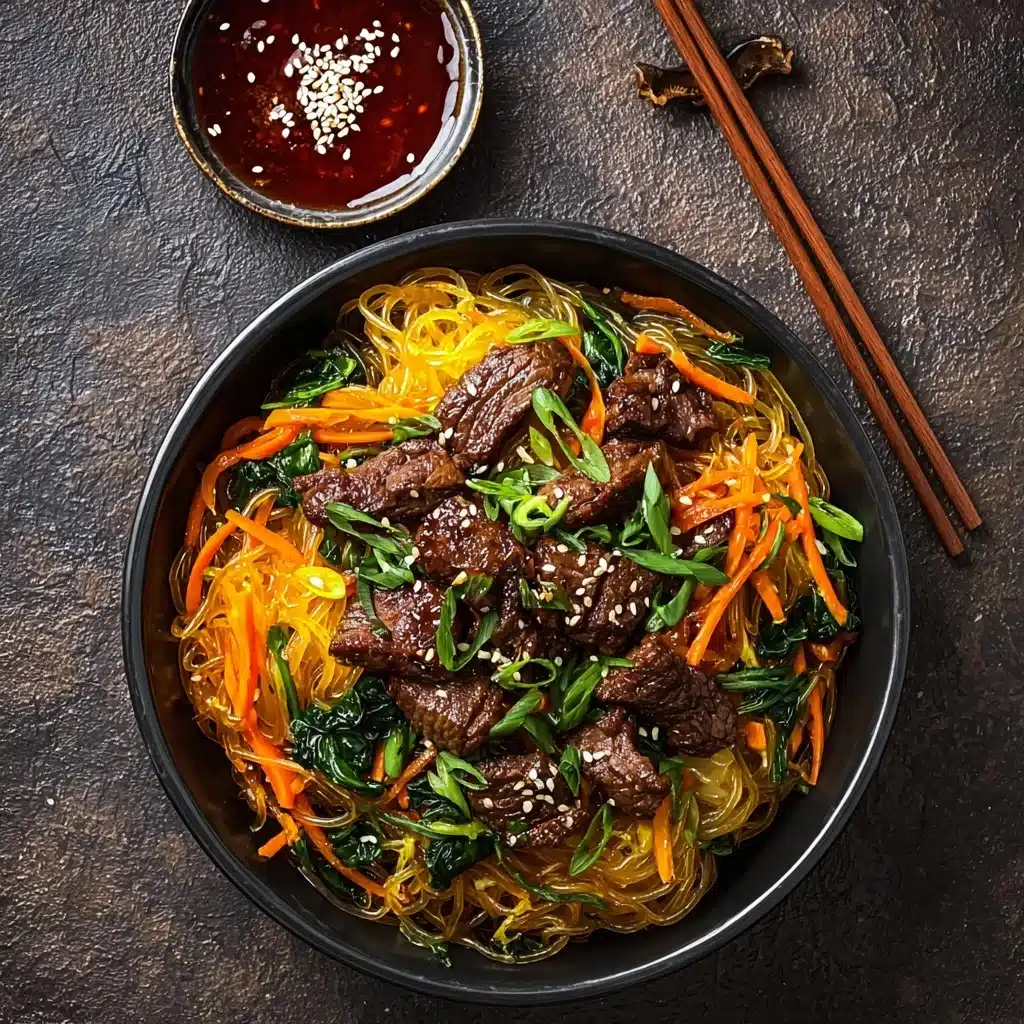
Garnishes
Japchae comes alive with the right final touches. Sprinkle on some extra chopped green onions, a scattering of toasted sesame seeds, or even thin strips of egg crepe if you want to feel extra fancy. These little additions add crunch, color, and a nutty aroma that makes every serving feel special.
Side Dishes
While japchae is satisfying on its own, it really shines alongside other Korean favorites. Pair it with kimchi for a tangy kick, or serve it with simple rice and grilled vegetables for a colorful, balanced meal. If you’re celebrating, a spread of bulgogi, pickled radish, and crunchy banchan will make your table look like a true Korean feast.
Creative Ways to Present
To make japchae party-ready, try serving it on a big communal platter, or twirl individual portions into little nests for an elegant touch. For potlucks or lunches, japchae packs beautifully into bento boxes or mason jars—layered with extra greens, it’s a total eye-catcher and conversation starter!
Make Ahead and Storage
Storing Leftovers
If you find yourself with extra japchae (lucky you!), cool it to room temperature and store it in an airtight container in the fridge. It will stay fresh and delicious for up to 3 days. Don’t be surprised if the flavors deepen overnight, making your second-day japchae even more irresistible!
Freezing
Japchae is actually quite freezer-friendly. Portion cooled japchae into airtight bags or containers, removing excess air. It will keep well for about a month. When you’re craving this Korean noodle delight again, simply thaw it overnight in the fridge, and it’ll taste close to freshly made.
Reheating
To revive leftover japchae, gently warm it in a skillet over medium-low heat with a splash of water or a drizzle of sesame oil. This keeps the noodles soft and prevents clumping. If you prefer, you can also microwave it in short bursts—just make sure to stir well so everything heats evenly.
FAQs
Can I use a different type of noodle for japchae?
For the most authentic texture, sweet potato starch noodles (dangmyeon) are the best choice. If you can’t find them, glass noodles made from mung bean starch are a decent substitute, but the chewy bite unique to japchae might be lost.
What’s the best protein to use?
Japchae traditionally features beef, but chicken, shrimp, or tofu all work wonderfully. Choose whichever suits your tastes or dietary needs—just keep slices thin and bite-sized for even cooking and great texture.
Is japchae gluten-free?
It can be! Simply use tamari instead of soy sauce and double-check that your noodles are 100 percent sweet potato starch. With these swaps, japchae becomes a gluten-free treat everyone can enjoy.
Can I make japchae ahead for a party?
Absolutely! Japchae tastes great at room temperature, making it perfect for prep ahead. Just keep it covered until serving, and give it a quick toss with fresh sesame oil to restore its silkiness.
Why are my noodles clumping together?
Clumping happens if cooked noodles sit too long without oil. After draining, toss them with a bit of sesame oil to keep each strand slippery and flavorful until you’re ready to add the other ingredients.
Final Thoughts
There’s just something magical about japchae—its glossy noodles, bright veggies, and mouthwatering aroma always bring people together. I hope you’ll feel the same way once you give this recipe a try. Don’t be shy about experimenting with vegetables or proteins; japchae is all about making it your own. Happy cooking, and I can’t wait for you to fall in love with this Korean classic!
Print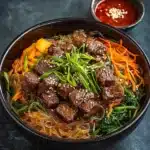
Japchae Recipe
- Prep Time: 30 minutes
- Cook Time: 30 minutes
- Total Time: 1 hour
- Category: Main Dish
- Method: Stir-Fry
- Cuisine: Korean
- Diet: Vegetarian
Description
Japchae is a classic Korean dish made with stir-fried sweet potato noodles, vegetables, and your choice of protein, seasoned with a delicious blend of soy sauce, sesame oil, and brown sugar. This recipe offers a savory and slightly sweet flavor profile that is sure to satisfy your cravings for a comforting Asian dish.
Ingredients
For the Japchae:
- 2 lb thin-sliced beef (or sub with chicken, tofu, or shrimp)
- 1 lb Korean sweet potato noodles (glass noodles)
- 3 medium carrots, julienned
- 1 large white onion, thinly sliced
- 1/2 bunch green onions, chopped
- 6 garlic cloves, minced
- 1/2 lb spinach leaves
- 4 tbsp sesame oil (divided)
- 1 tbsp olive oil
- 6 tbsp soy sauce (or tamari for gluten-free)
- 3 tbsp brown sugar
Instructions
- Cook the Sweet Potato Noodles: Bring water to a boil in a large pot with a drizzle of olive oil. Add sweet potato noodles and cook for 5-6 minutes, then drain and set aside.
- Cook the Protein: In a skillet over high heat, cook beef until browned, seasoning with half the soy sauce, sesame oil, and brown sugar while cooking. Set aside.
- Prepare the Vegetables: In another skillet, heat olive oil, then add julienned carrots and onion, cooking until softened. Add the remaining soy sauce, sesame oil, and brown sugar. Mix in garlic and green onions and cook for another minute.
- Combine and Serve: Add spinach, stir until wilted, then add all veggies and beef to the noodles. Toss all ingredients well in a large bowl. Serve warm and garnish with extra green onions if desired.
Nutrition
- Serving Size: 1 serving
- Calories: 380
- Sugar: 8g
- Sodium: 780mg
- Fat: 18g
- Saturated Fat: 4g
- Unsaturated Fat: 12g
- Trans Fat: 0g
- Carbohydrates: 32g
- Fiber: 4g
- Protein: 24g
- Cholesterol: 60mg


